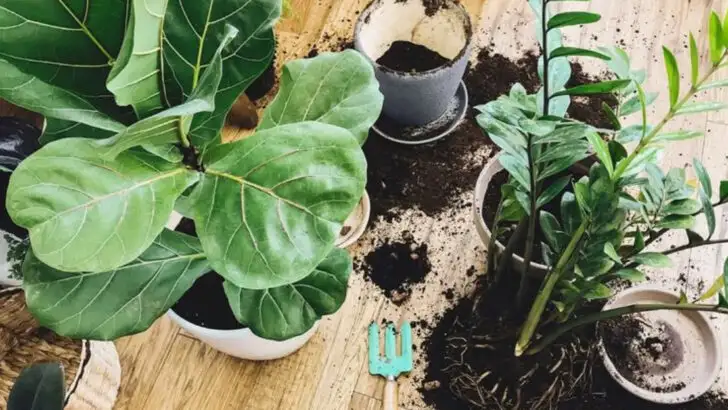If you’ve ever found yourself saying, “I wish someone told me that when I started gardening,” you’re not alone. Whether you’re a houseplant enthusiast, balcony grower, or full-on backyard gardener, there are some tricks, truths, and shortcuts that would’ve made your plant journey a whole lot smoother—and a lot more fun.
From choosing the right pots (it matters more than you think), to understanding how plants actually tell you what they need (yes, really), there are countless little insights that only come with experience—or from someone spilling the green tea. Some of these tips can save your favorite plant, while others will save you time, money, or even your sanity during the summer heat.
So if you’re ready for the “why didn’t anyone tell me this earlier?” moment, here are 19 things every plant lover wishes they knew sooner—and once you know, you’ll never look at your garden the same way again.
Understanding Light Requirements
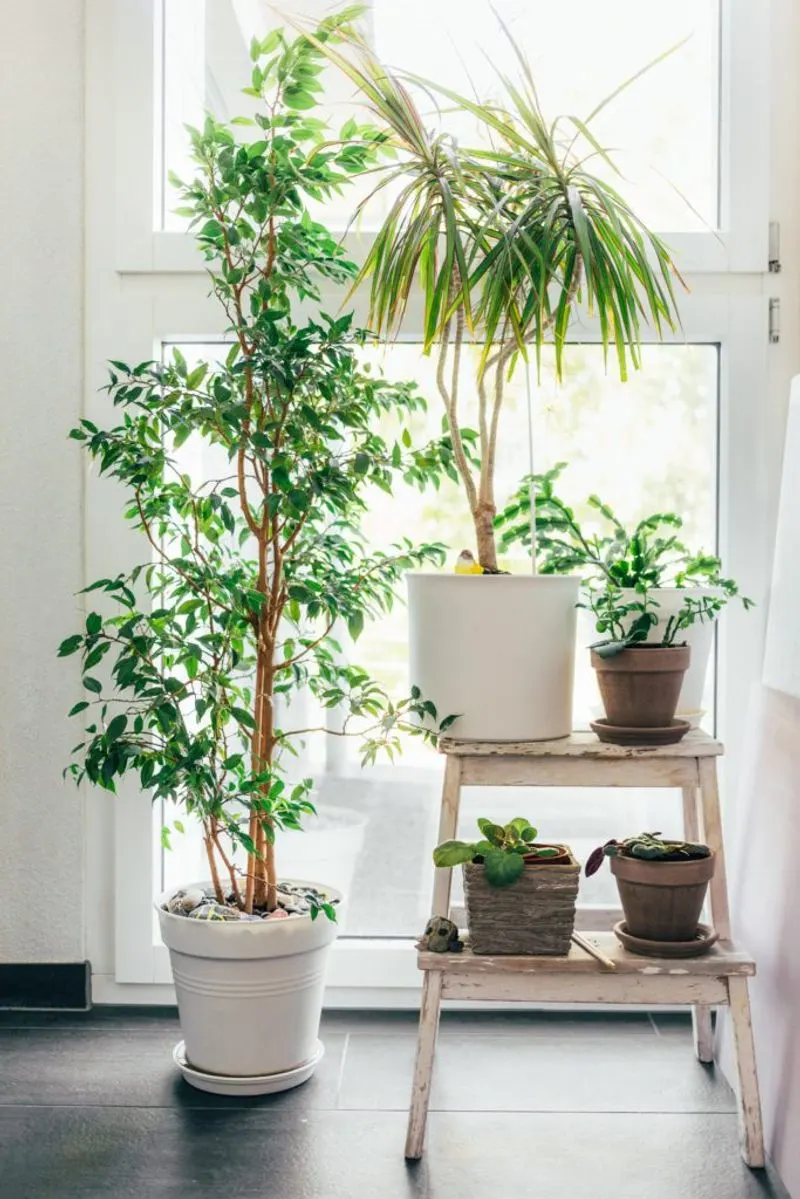
Did you know that not all plants thrive in the same light conditions? Some love basking in direct sunlight, while others prefer the gentle embrace of a shady corner. Knowing your plant’s specific light needs can transform their growth and vitality. Observe the natural light patterns in your home and match plants accordingly. This small adjustment can make a world of difference, turning a struggling plant into a flourishing one. So, next time you bring a new plant home, consider its light requirements for a happier indoor garden.
Importance of Proper Drainage
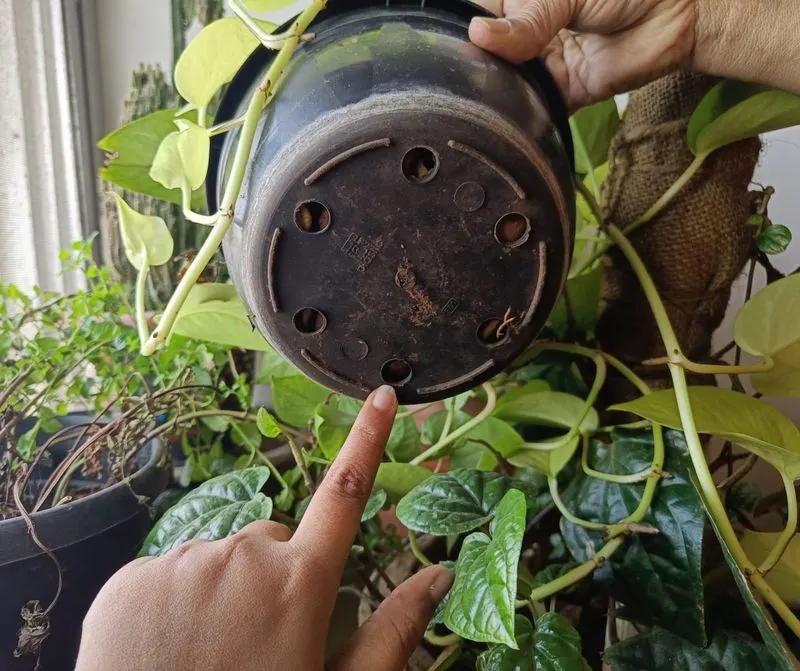
Ever wonder why some plants just don’t seem to thrive no matter what you do? Proper drainage could be the missing link. Overwatering is a common mistake but ensuring your pots have holes prevents water from stagnating. This encourages healthy root growth and prevents rot. For an added boost, placing a layer of pebbles at the bottom of your pots can enhance drainage. Remember, it’s about finding the right balance for each plant species. Your green friends will reward you with lush growth when their roots can breathe.
Soil Composition Matters
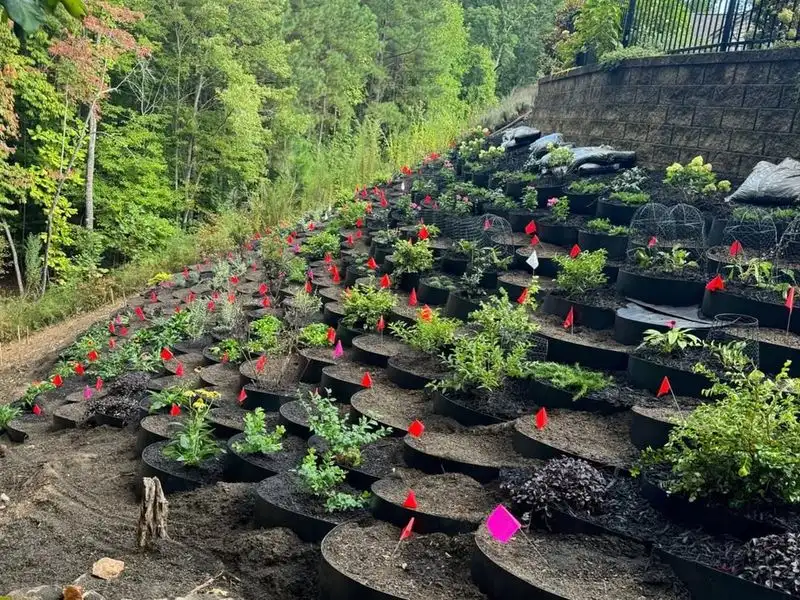
Think all soil is created equal? Think again! The composition of your plant’s soil can drastically affect its health. From cacti needing a gritty mix to orchids thriving in bark, tailoring soil to your plant’s needs can prevent issues like root rot. Take the time to understand what kind of environment your plant prefers. Investing in the right soil mix is a small change with a big impact. Happy roots make for happy plants, and your collection will reflect the care you’ve put into understanding their unique needs.
Watering Wisely
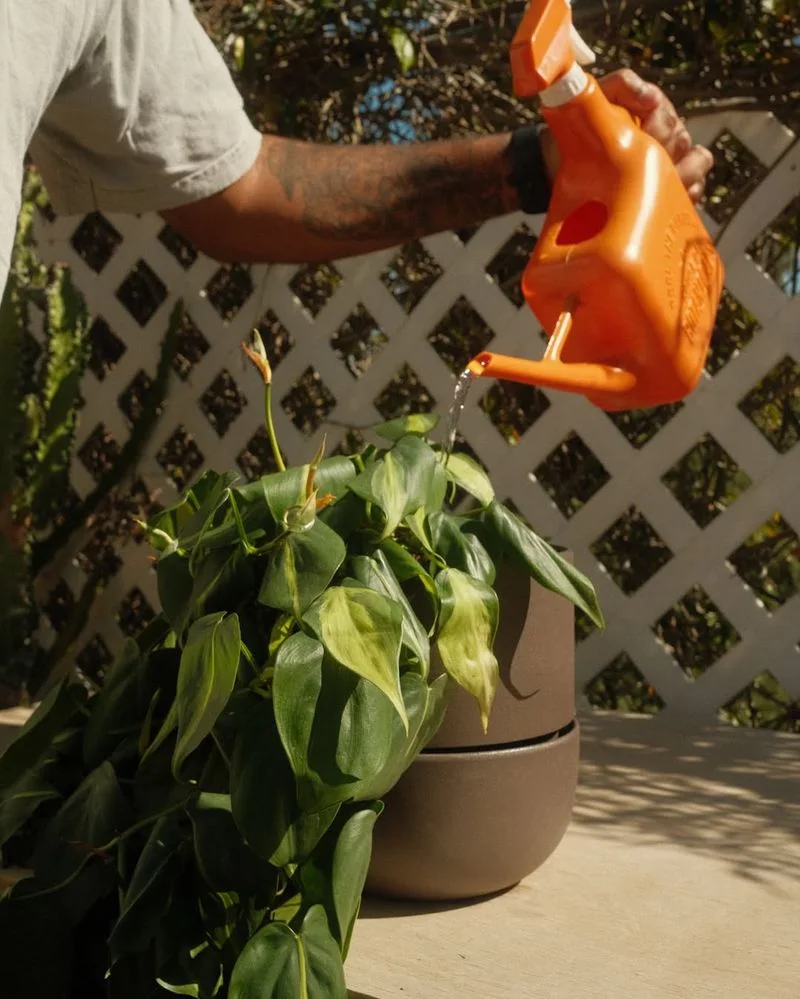
When it comes to watering, one size does not fit all. Each plant has unique hydration needs, and learning these can prevent over or under-watering. Checking the soil’s moisture level before watering is a simple yet effective practice. Tools like moisture meters or even using your finger can guide you in providing just the right amount. Watering in the morning allows plants to absorb moisture before the day’s heat sets in. These mindful practices can turn you into a plant whisperer, ensuring each one receives the love and care it deserves.
Fertilization Frequency

Fertilizers can be a plant’s best friend when used wisely. Over-fertilizing, though, can harm rather than help. Understanding the right frequency and type of fertilizer for your plants can enhance their growth. For many houseplants, a diluted liquid fertilizer every few weeks during the growing season works wonders. Always read labels and consider your plant’s specific needs. This thoughtful approach to feeding will keep your plants vibrant and full of life, turning your home into a verdant paradise.
Recognizing Pest Problems Early

Pests can be a gardener’s nightmare, but quick detection can save your plants. Regularly inspecting leaves for any signs of trouble, like discoloration or sticky residue, can alert you to infestations early on. Catching these problems early allows for natural and effective solutions. Whether it’s introducing beneficial insects or using gentle organic sprays, proactive measures can keep your garden healthy. There’s a unique satisfaction in outsmarting these tiny invaders and maintaining the health of your green sanctuary.
The Role of Humidity
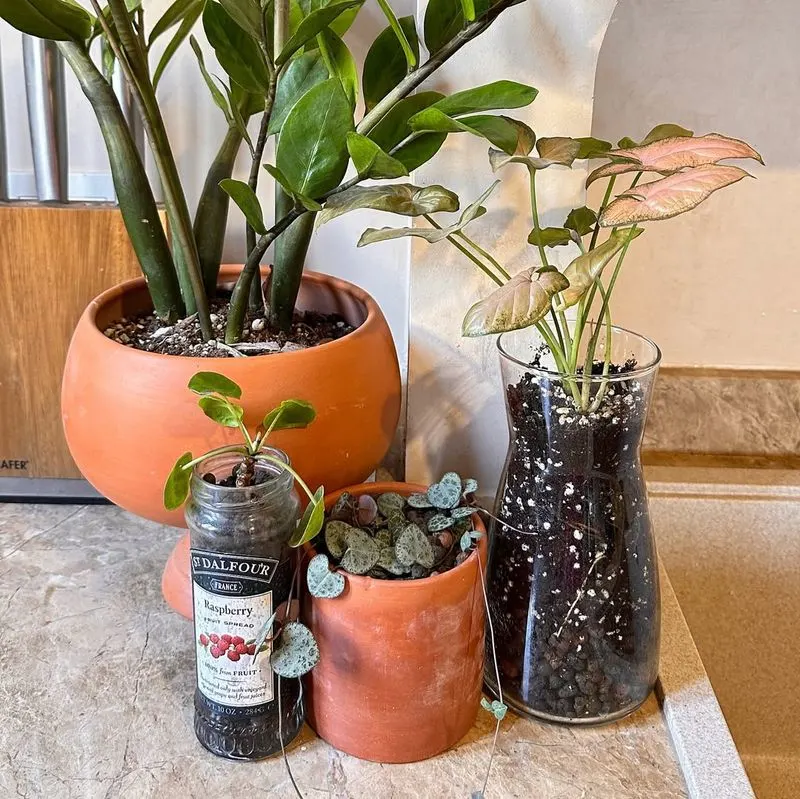
Humidity can be a game-changer for maintaining plant health, especially for tropical varieties. Many indoor environments are too dry for these moisture-loving plants. Tools like humidifiers or pebble trays can create a more suitable habitat. Grouping plants together also increases local humidity. These small tweaks can lead to lush growth and vibrant foliage, reflecting the plant’s natural environment. Understanding and adjusting humidity levels can transform your indoor garden into a thriving oasis, satisfying even the most humidity-loving plants.
Pruning for Growth
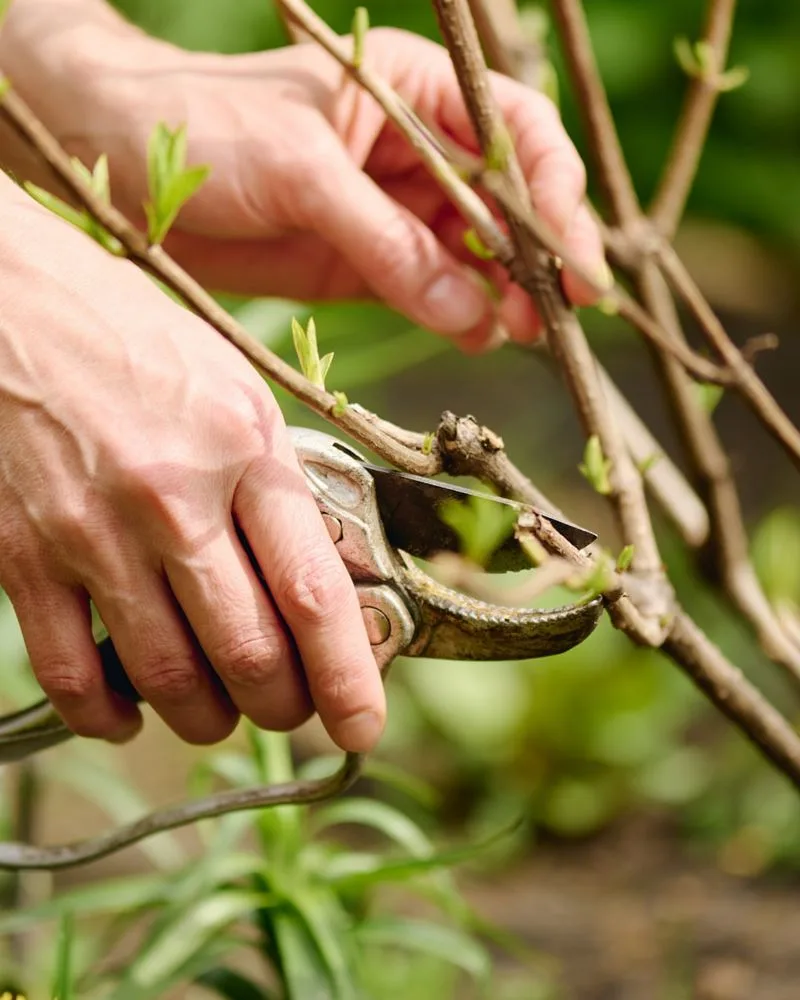
Pruning isn’t just about aesthetics; it’s a powerful tool for encouraging healthy growth. Removing dead or overgrown parts can direct energy to new shoots, enhancing the plant’s vitality. Whether it’s snipping off yellowing leaves or shaping a bushy plant, strategic pruning can foster a more robust and attractive appearance. This practice, when done thoughtfully, reinvigorates plants, helping them reach their full potential. It’s a rewarding and creative way to bond with your plants, turning maintenance into an artful expression of care.
The Magic of Repotting
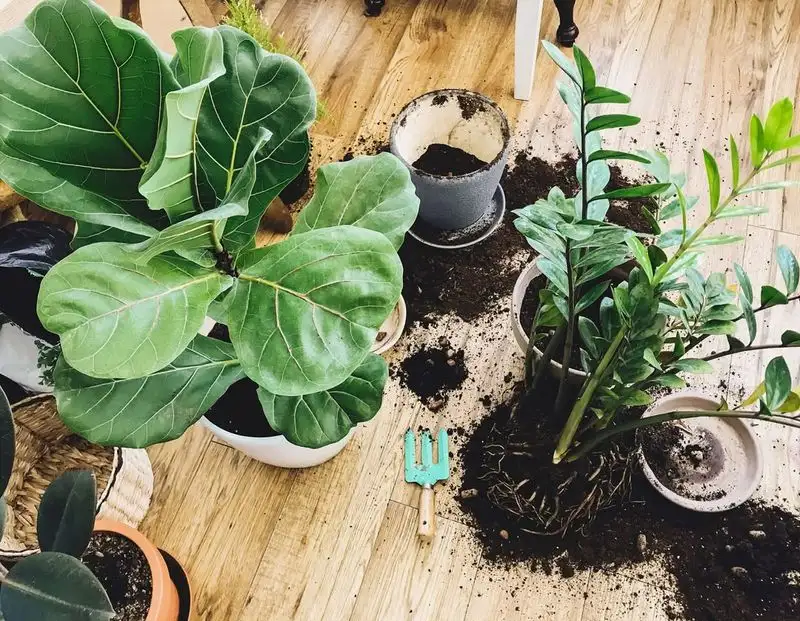
Outgrowing a pot is a natural part of a plant’s life. Repotting provides fresh soil and space for roots to expand, crucial for sustained growth. Timing is key; spring is often ideal as plants are naturally more active. Be gentle with roots, and choose pots with a bit more room without overwhelming the plant. This thoughtful transition can revive a stagnant plant, leading to a more vigorous and healthy life. Embrace repotting as a nurturing ritual that strengthens your connection with each plant.
Benefits of Grouping Plants
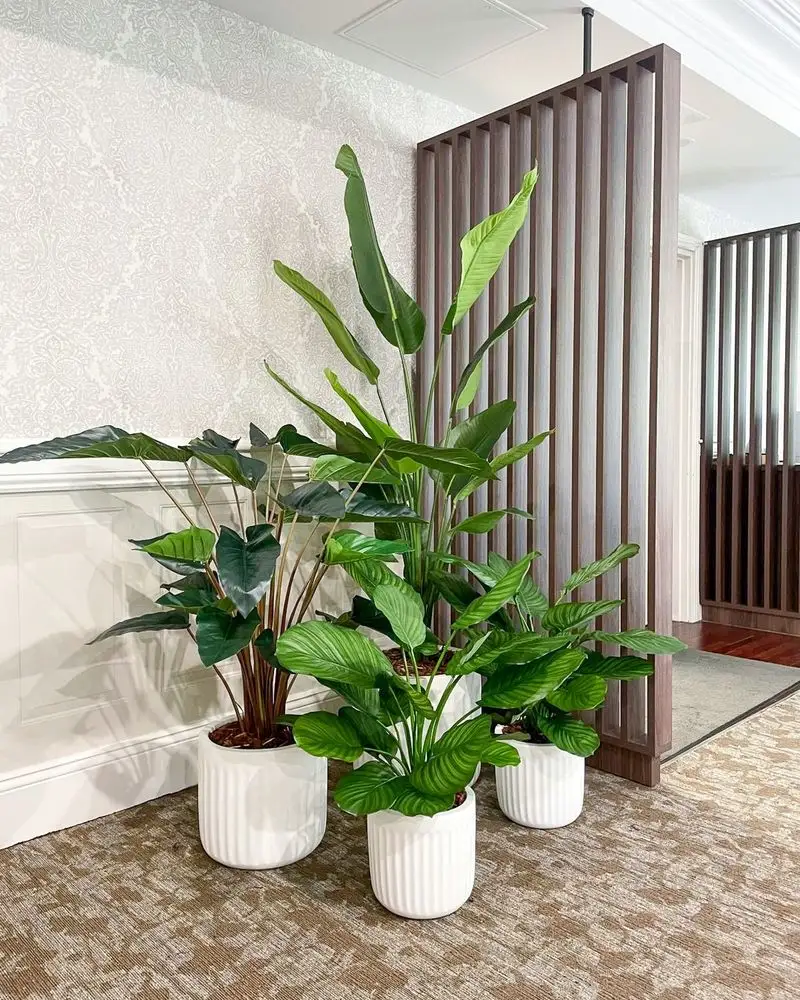
Placing plants together isn’t just visually appealing; it creates a microclimate that can benefit their health. Grouped plants share humidity and can even deter pests. This communal approach helps mimic natural growth environments, supporting their wellbeing. It’s a strategy that harnesses the power of nature’s synergy, leading to healthier and more resilient plants. Whether it’s a shelf of succulents or a tropical corner, grouping enhances both aesthetic and ecological harmony in your home.
Natural Air Purifiers
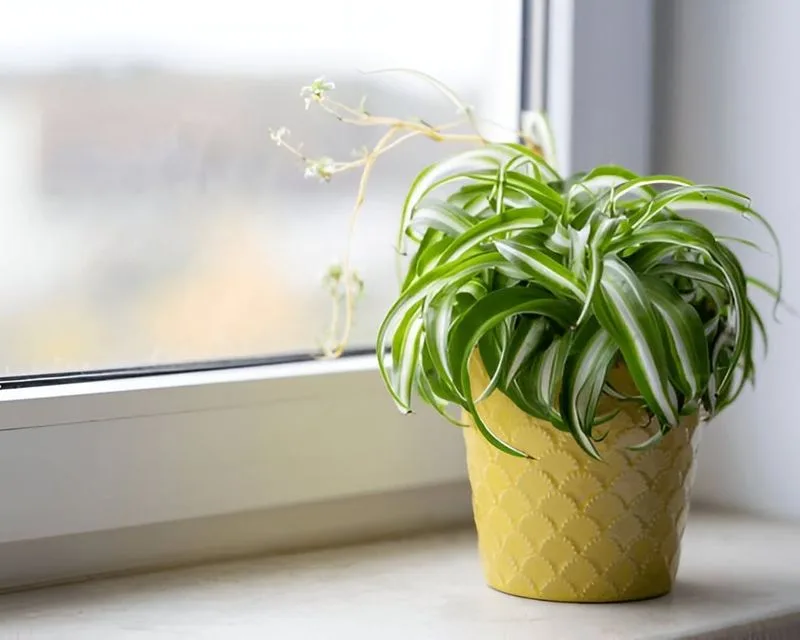
Plants are nature’s air purifiers, silently working to improve your indoor environment. Some varieties, like the peace lily or snake plant, are particularly effective at removing toxins. Incorporating these in your home not only beautifies your space but also boosts your health. It’s fascinating to think that while you enjoy their beauty, they’re busy cleaning the air you breathe. This symbiotic relationship enhances your living space, making it a more pleasant place to reside.
The Power of Plant Rotation

Ever notice how a plant leans towards the light? Regular rotation can ensure they grow evenly, enhancing their aesthetic appeal. By turning your pots every few weeks, you help distribute sunlight exposure, encouraging symmetrical growth. This simple act prevents plants from becoming lopsided or reaching too aggressively towards the light source. It’s a gentle reminder that sometimes, the smallest adjustments can lead to noticeable improvements in plant health and appearance.
Seasonal Adjustments
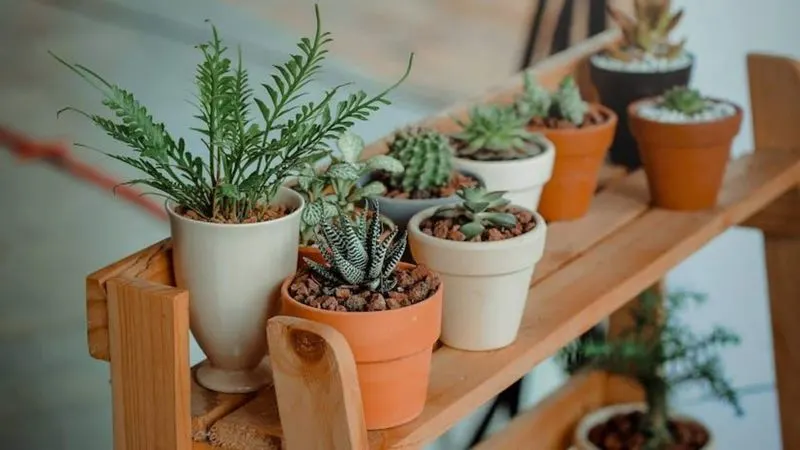
Plants, like people, experience seasonal changes that affect their care. Adjusting your plant’s environment and routine with the seasons can significantly impact their health. In winter, many plants need less water and no fertilization, while summer might require increased hydration. Observing these seasonal cues and adapting your care routine accordingly ensures your plants thrive year-round. This awareness fosters a deeper connection with your plants, aligning their care with nature’s rhythms.
Companion Planting Indoors
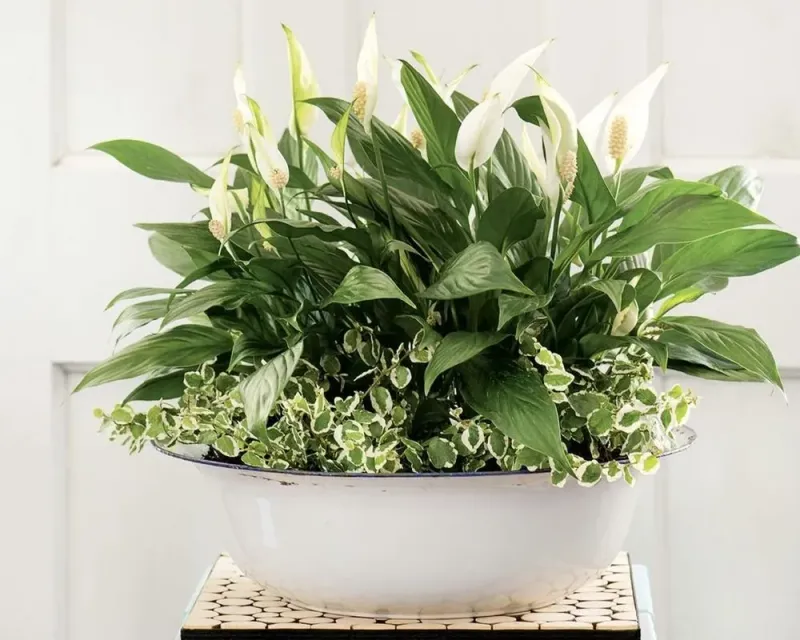
The concept of companion planting isn’t just for outdoor gardens. Indoors, pairing certain plants can repel pests or promote growth. For example, basil can enhance the flavor of nearby tomatoes and deter some insects. Experimenting with companion planting can lead to healthier plants and a more productive garden. This practice not only optimizes space but also brings a slice of ecological balance into your home, making indoor gardening a joyous and rewarding endeavor.
The Impact of Pot Material
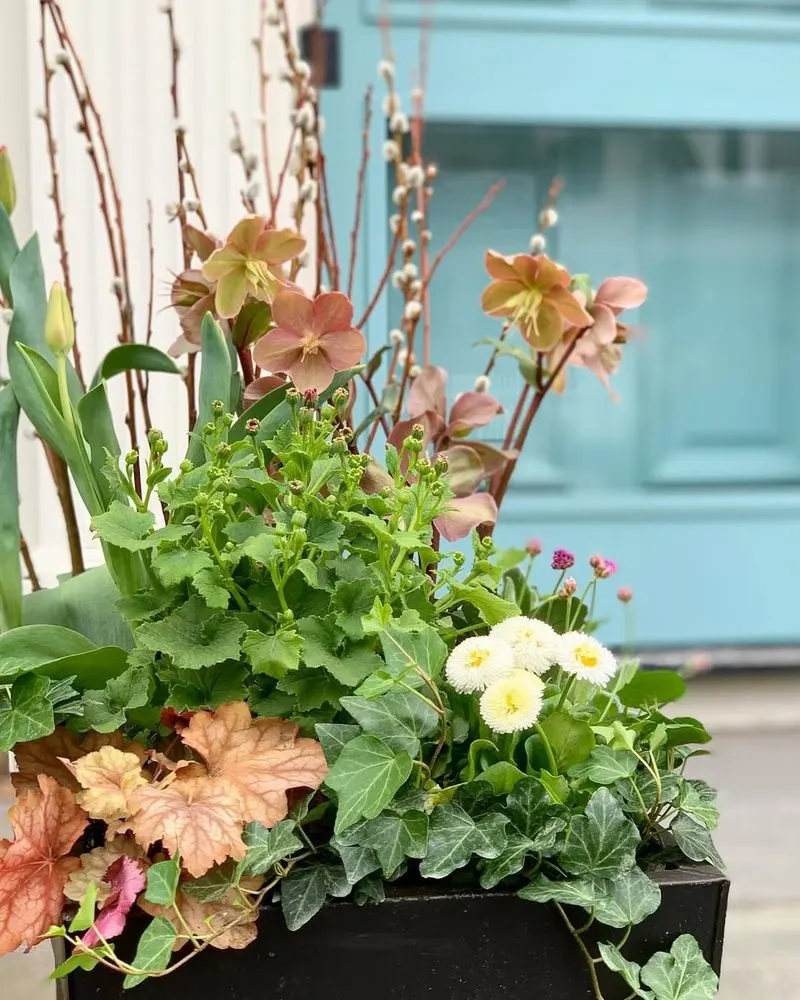
The material of your plant’s pot can influence its watering needs and temperature regulation. Terracotta pots, for example, are porous, allowing for better air circulation but might dry out more quickly. Conversely, plastic pots retain moisture longer. Understanding these characteristics helps you choose the right pot for each plant’s specific needs. This mindful selection can prevent common issues like overwatering or root rot, contributing to a thriving indoor garden.
Using Natural Pest Remedies
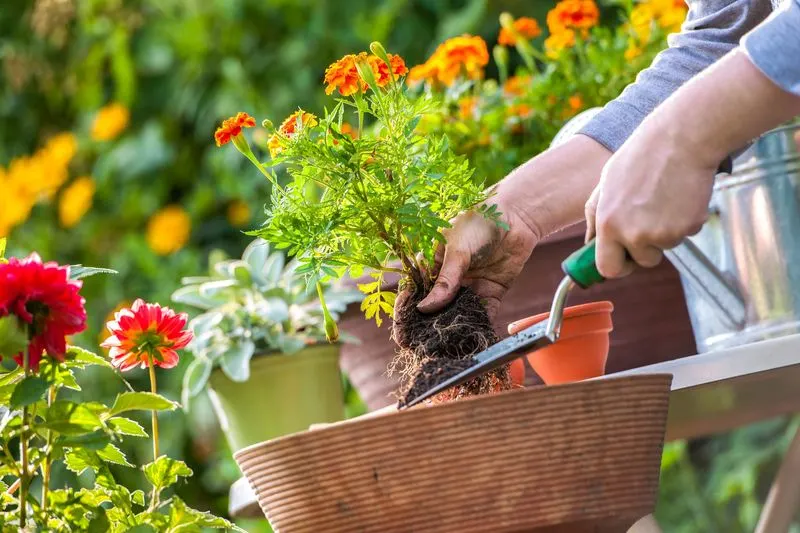
Chemical pesticides aren’t the only solution for pest control. Natural remedies like neem oil or lemon peels can be effective alternatives. These options are safer for both plants and humans, minimizing exposure to harmful substances. Embracing natural solutions not only protects your plants but also supports a healthier environment. Trying different organic methods can lead to discovering what works best for your particular situation, keeping your indoor garden vibrant and pest-free.
Embracing Plant Diversity
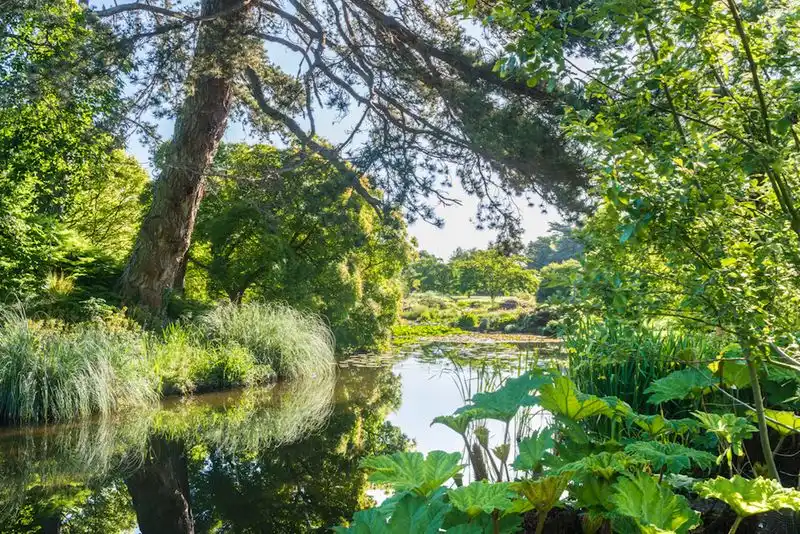
A diverse plant collection doesn’t just add aesthetic appeal; it enriches the growing environment. Different plants bring unique benefits, from humidity regulation to air purification. This variety creates a more balanced ecosystem in your home, enhancing overall plant health. Mixing succulents, ferns, and flowering plants can lead to a more visually appealing and dynamic space. Diversity in your plant collection mirrors the complexity of natural habitats, offering a richer gardening experience.
Mindful Plant Placement
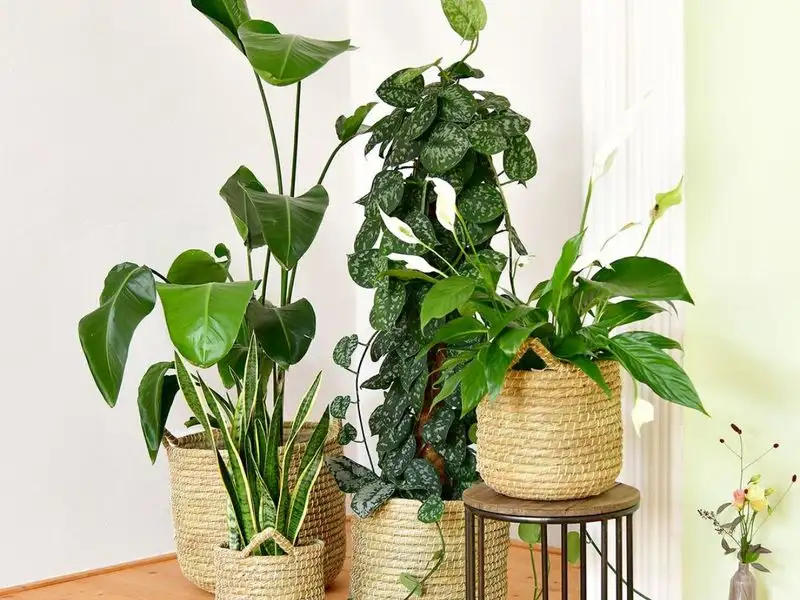
The placement of your plants can affect their growth and contribute to the energy of your home. Positioning plants where they receive optimal light without obstructing air circulation can encourage healthy development. This thoughtful arrangement can also influence the ambiance of a room, creating a harmonious space that feels both alive and inviting. Paying attention to placement is a simple yet powerful way to enhance both your plants’ health and your home’s aesthetic.

